|
|
 Agate
Agate
A form of silica that makes very pretty bands on the inside of a geode.

|
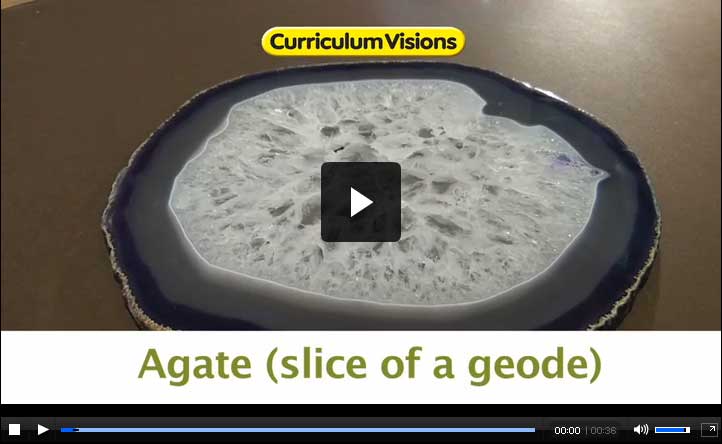
|
 Alabaster
Alabaster
A soft stone used by ancient civilisations for carving.

|
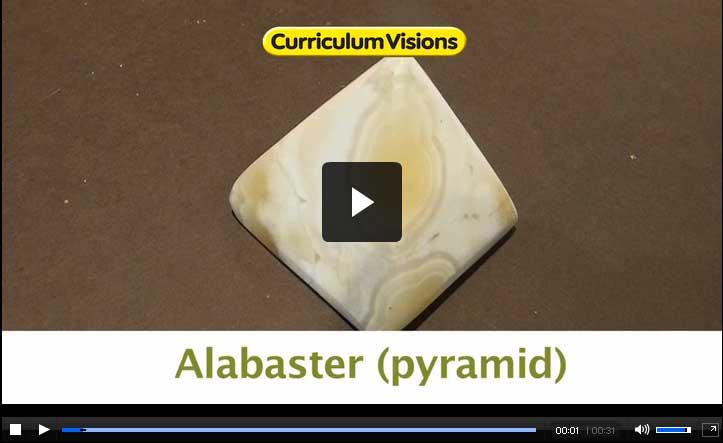
|
 Amethyst
Amethyst
A purple semi-precious stone that forms as pointed crystals.

|

|
 Aragonite
Aragonite
A crystal form of calcium carbonate (limestone).

|
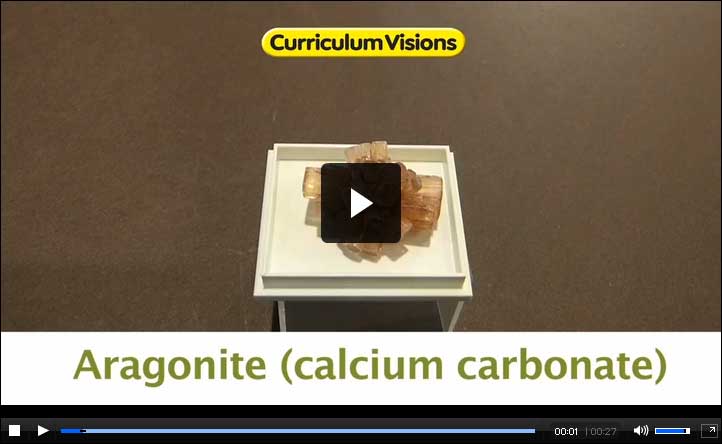
|
 Beryl
Beryl
A semi-precious stone that makes six-sided crystals.

|

|
 Boulder clay
Boulder clay
This is a sample of boulder clay from under a glacier being poured into a tray. Look for the wide range of different-sized materials, many of which have been rounded off.

|
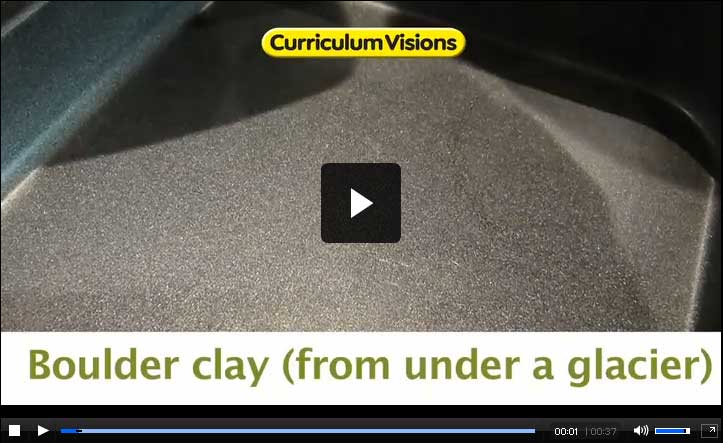
|
 Calcite, crystal
Calcite, crystal
Crystals of the material that makes limestone rocks.

|
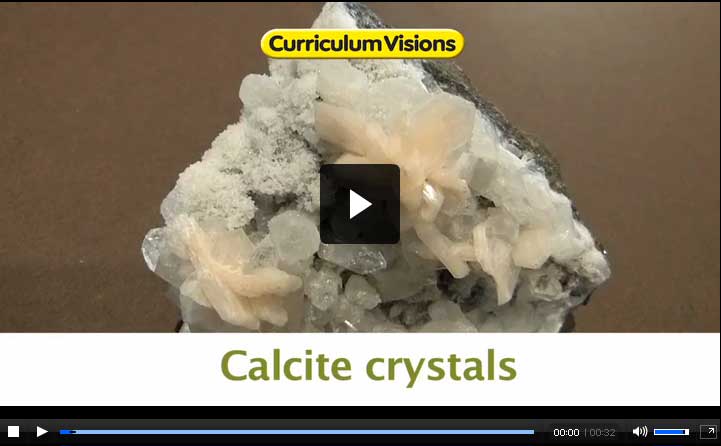
|
 Calcite, Iceland Spar
Calcite, Iceland Spar
An unusual form of calcite that you can see through.

|

|
 Cinder, volcanic
Cinder, volcanic
Pieces of volcanic cinders from Mt. St. Helens volcano. The glass 'ash tray' is made of ash melted down into glass from the volcano, showing that volcanic rock really is a kind of glass.

|

|
 Coal
Coal
A solid fuel made of compressed plants from ancient forests.

|

|
 Copper, native/pure
Copper, native/pure
This is a piece of pure copper. Pure copper found in the ground is called native copper.

|

|
 Copper ore
Copper ore
Most copper is found mixed in rocks like this. The colour green tells us it has lots of copper in.

|

|
 Corundum
Corundum
Corundum is the second hardest material in the world. If it has impurities that make it red, we call it ruby. Ruby crystals are precious stones.

|
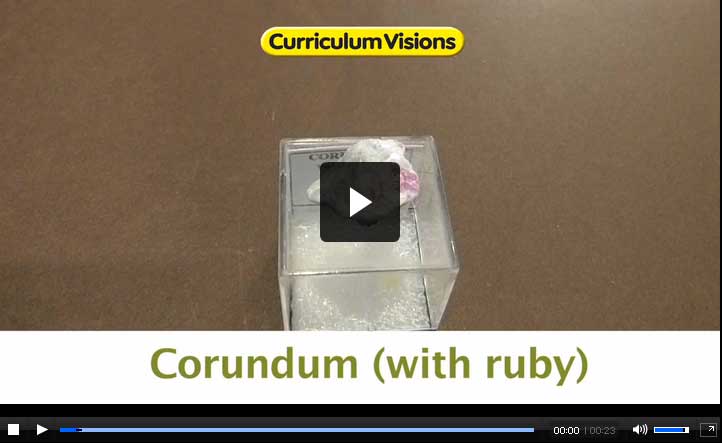
|
 Emerald
Emerald
Corundum is the second hardest material in the world. If it has impurities that make it green it is called emerald. Emerald is a precious stone.

|

|
 Flint
Flint
Flint is found as rounded lumps of brittle stone in chalk rock.

|

|
 Garnet schist
Garnet schist
This shiny rock was formed deep inside a mountain under great pressure. The crystals are garnets. Garnets are semi-precious stones.

|
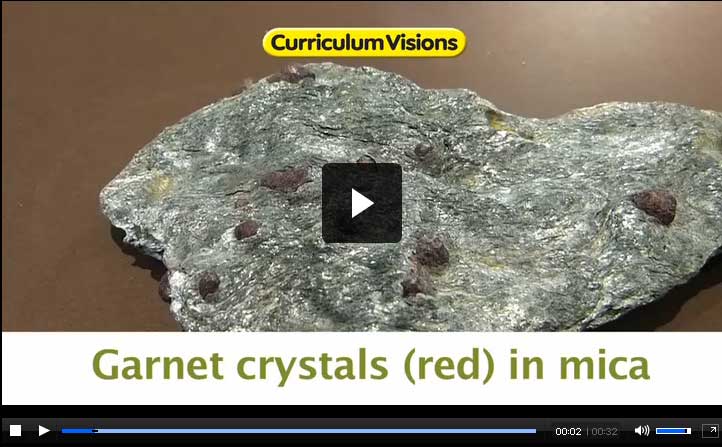
|
 Geode
Geode
This was once a cavity in a rock that has begun to fill with minerals. Geodes look very uninteresting from the outside – quite the opposite to what they look like inside.

|

|
 Gypsum, desert rose
Gypsum, desert rose
These are crystals that grow on the surface of deserts.

|
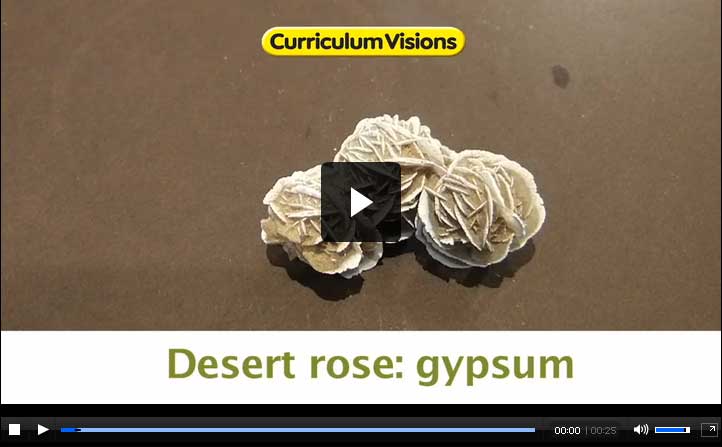
|
 Gypsum, twinned crystal
Gypsum, twinned crystal
These are crystals of gypsum. When crystals intertwine like this, they are called twinned.

|
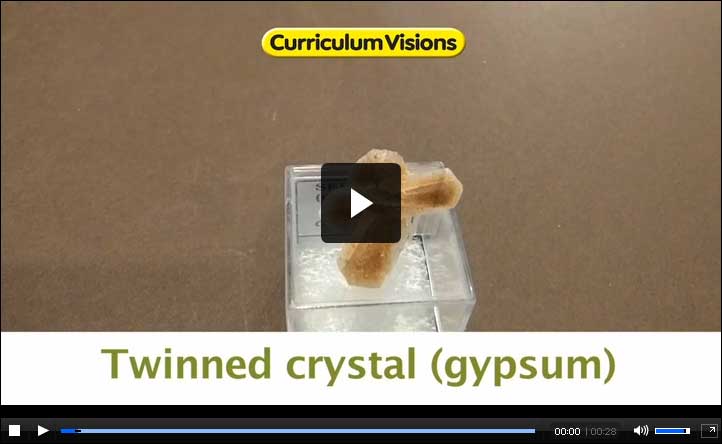
|
 Haematite
Haematite
When a rock has a lot of iron in it, it turns red. This is a special bubbly form called haematite.

|
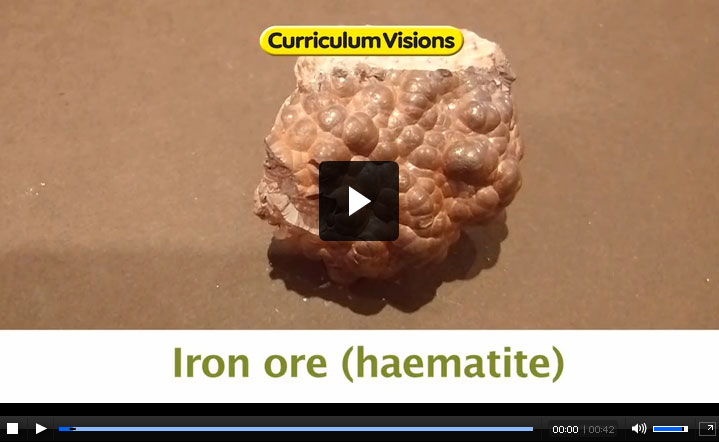
|
 Iron pyrites (fool's gold)
Iron pyrites (fool's gold)
These are amazing cubes that interlock. Look for the lines on each cube face. That tells you it is iron pyrites.

|
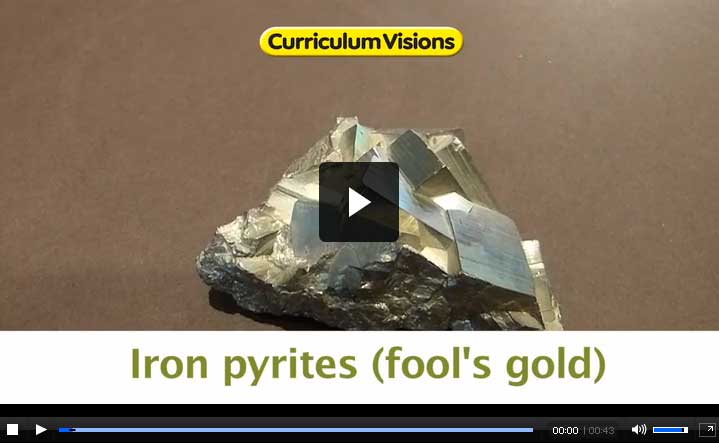
|
 Lead crystal
Lead crystal
These crystals are dull grey and notable for being very heavy.

|
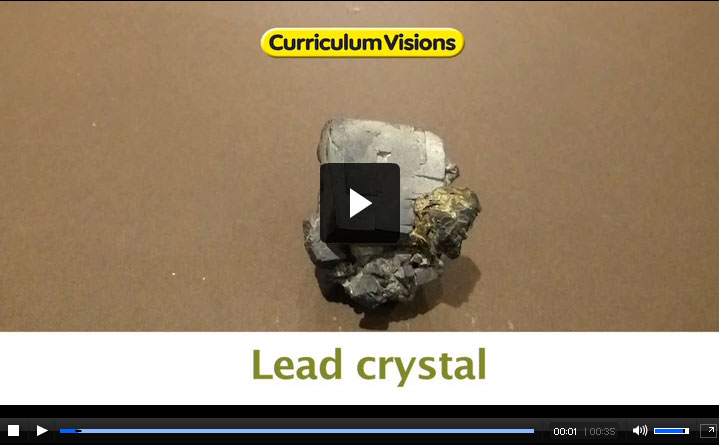
|
 Magnetite
Magnetite
Iron can be magnetised. A special form of iron magnetises naturally and it is called magnetite. To show this we have sprinkled iron filings onto it.

|
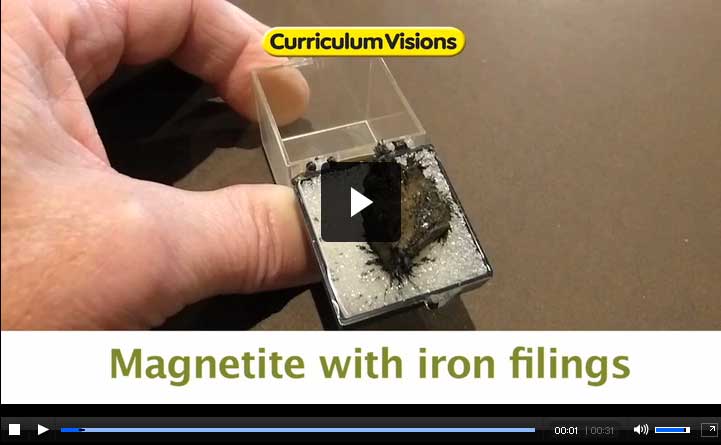
|
 Metamorphic rock
Metamorphic rock
Schist is an example of a metamorphic rock formed from mudstone or shale.

|
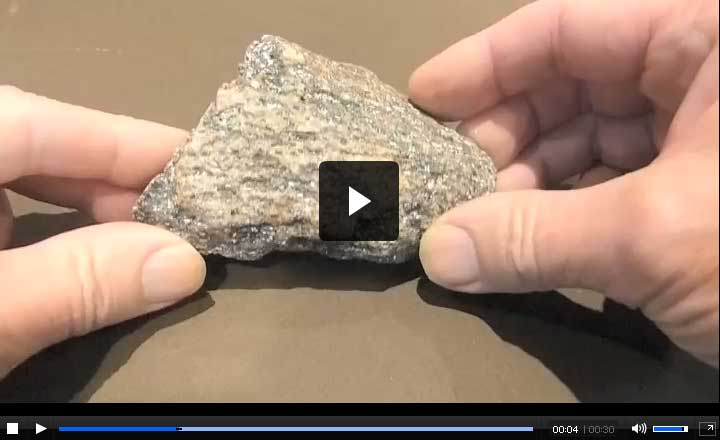
|
 Mica
Mica
These are crystals. They are very thin and flat. Mica is a good insulator.

|

|
 Obsidian
Obsidian
In some volcanoes the lava solidifies into natural glass, like this.

|

|
 Quartz
Quartz
Quartz makes beautiful, long crystals. The mineral is called silica. Amethyst is a form of quartz with colouring impurities.

|

|
 Quartz, rose
Quartz, rose
Rose quartz is quartz with red-coloured impurities.

|
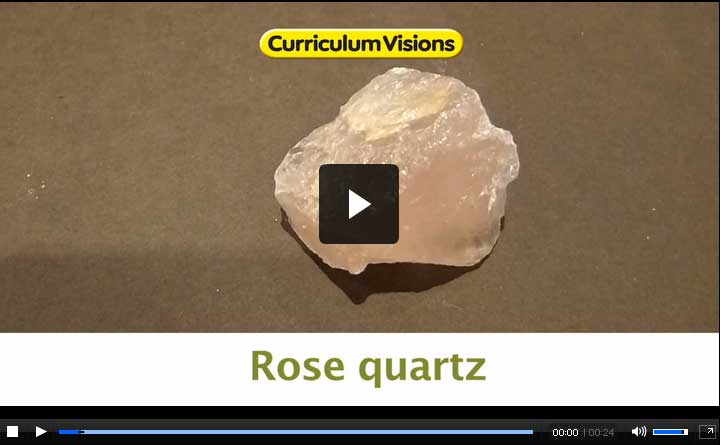
|
 Quartz, smoky
Quartz, smoky
Smoky quartz is quartz with brown-coloured impurities.

|
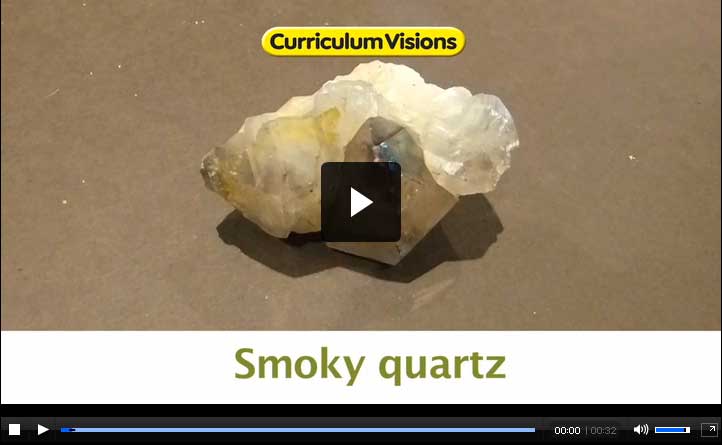
|
 Ruby
Ruby
A ruby is a precious stone - a red variety of corundum. It is very hard.

|

|
 Salt (playa)
Salt (playa)
Salt is left behind when lakes evaporate away. This is a piece of salt from a lake bed.

|
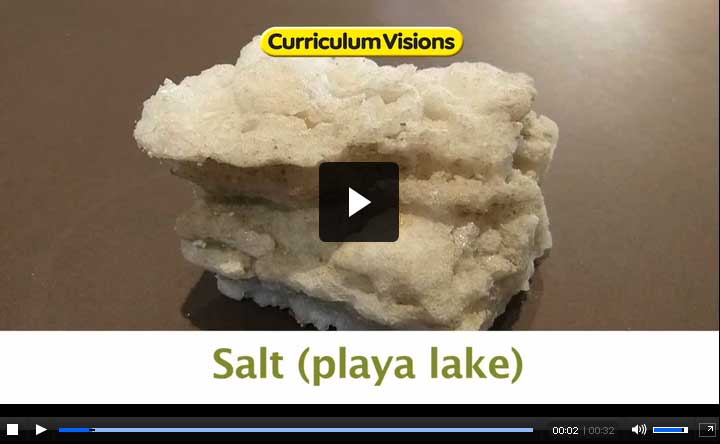
|
 Serpentine
Serpentine
This souvenir lighthouse was made using rock from deep within mountains. It is noted for its pretty green and brown patterns.

|
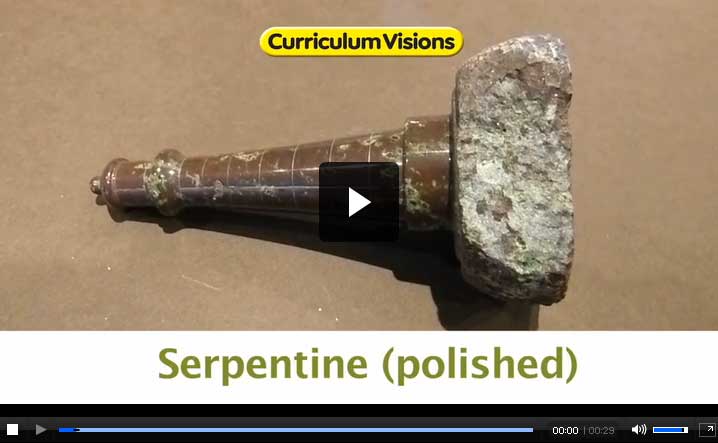
|
 Silver
Silver
Silver that is found as pure silver in rocks is called native silver.

|
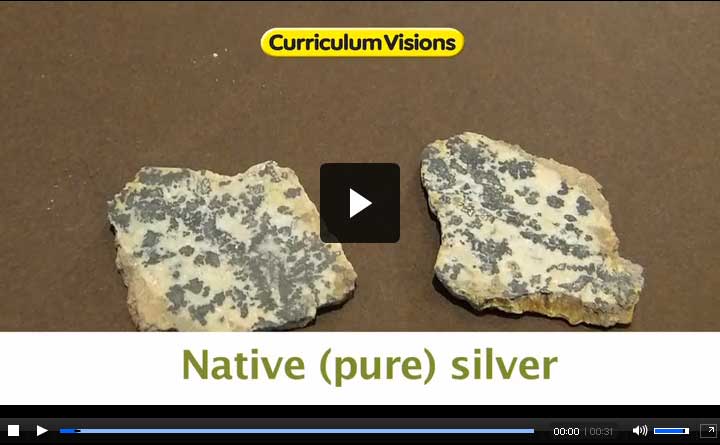
|
 Soapstone
Soapstone
Soapstone is a very soft rock made of the same kind of material as talcum powder. It can be used for ornaments.

|
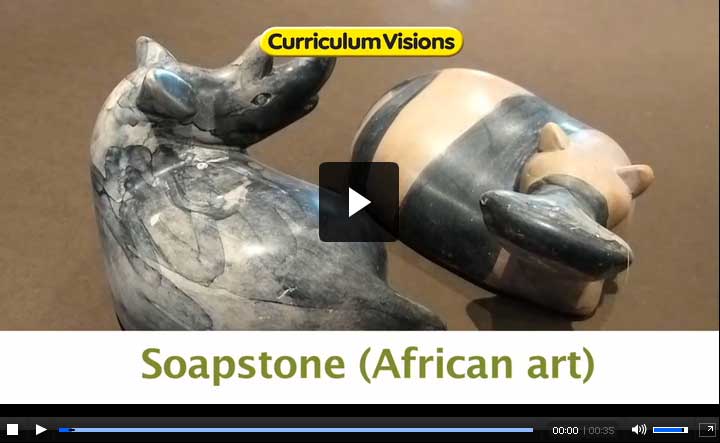
|
 Sulphur
Sulphur
Sulphur is very easy to identify because of its bright yellow crystals. Most crystals are formed close to active volcanoes.

|
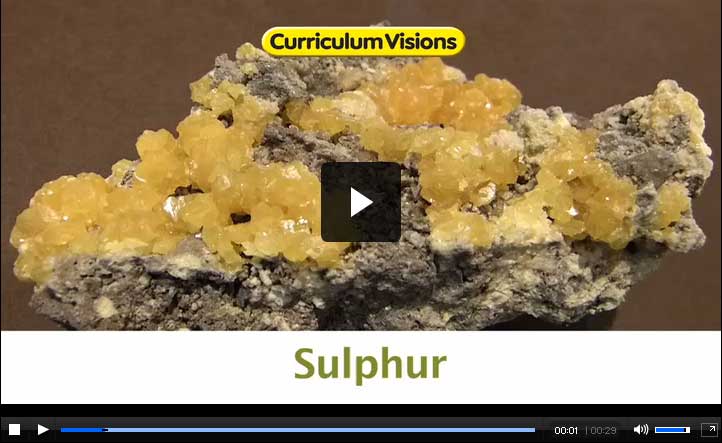
|
 Zinc (sphalerite))
Zinc (sphalerite))
This yellowy mineral is a bit like iron pyrites, but made with zinc, not iron.

|
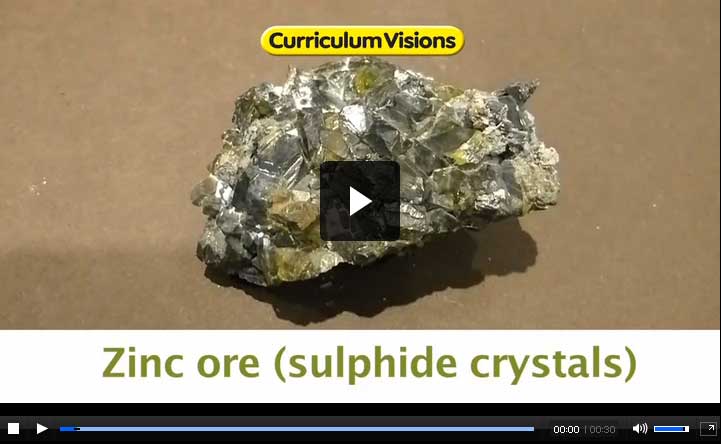
|




































